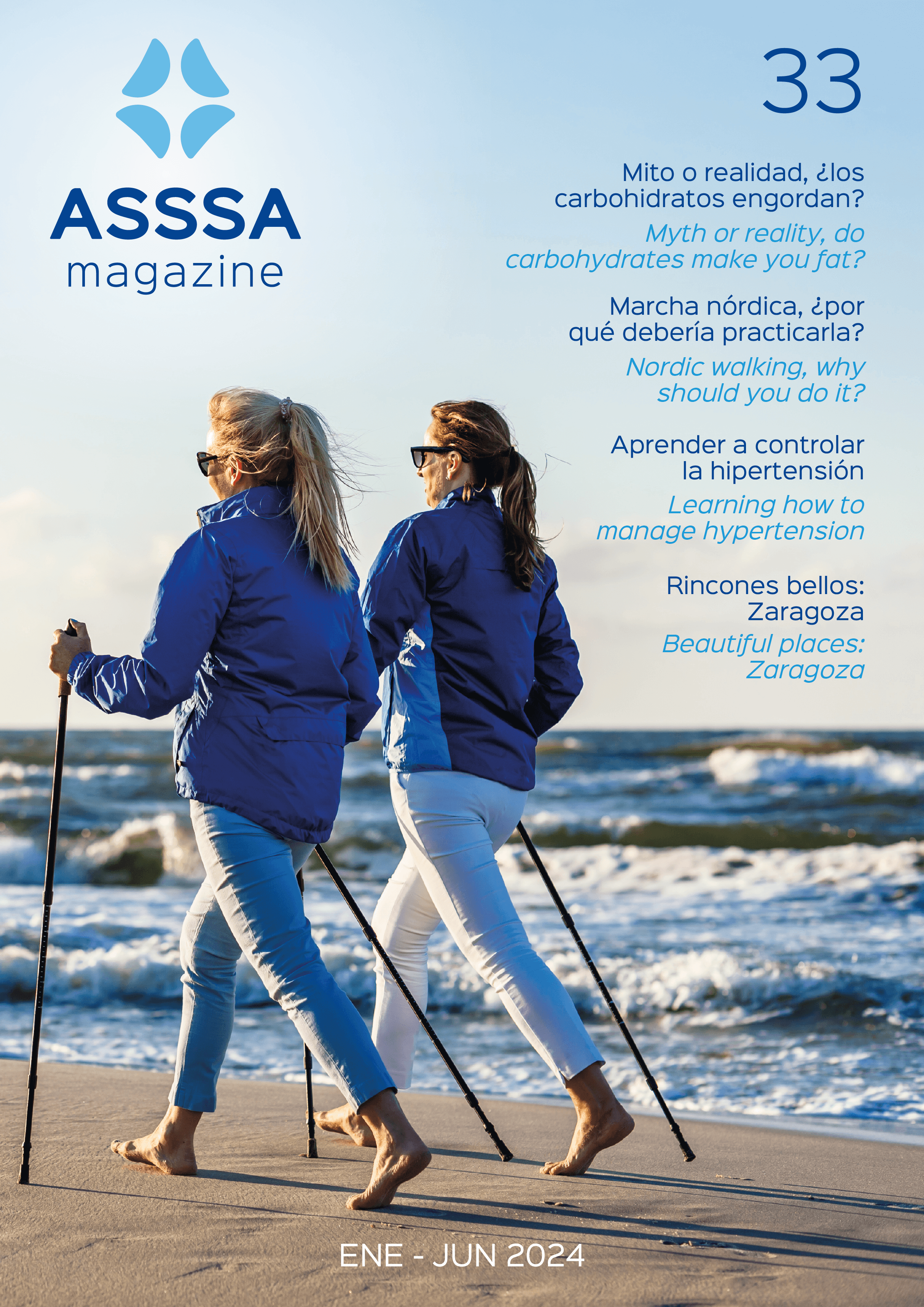
There is evidence that from the age of 40-50, muscle mass and the ability to generate force begin to decrease in humans. This occurs due to different factors, both muscular and neuronal, that carry a risk to health and may reduce quality of life, thereby increasing dependency and limiting daily activities, among other damage. To prevent these negative outcomes, strength training in the elderly has been shown to be effective, by reducing or slowing down the effects of ageing on the neuromuscular system and on force production.
But does all strength training have the same benefits? No, each type has its own benefits and contraindications.
Many training programmes focused on this group have been based on light and undemanding work. This can be useful to start with for people (of any age) with little experience in strength training. But when a certain degree of fitness is achieved, or in people who already have it, the training load can turn out to be insufficient. So, to combat the problems associated with the loss of strength and muscle mass due to age, more demanding programmes should be applied. It has been seen that hypertrophy workouts (8-14 repetitions per exercise at an intensity that means you have to make an effort to perform all the repetitions) can not only slow down the loss of muscle mass and strength, it can actually increase them.
But it isn’t only muscle mass or strength that matters, but in what time that strength develops. Producing force at high speed is important, since on a day-to-day basis it can help prevent falls, avoid blows or in general respond quickly and appropriately in different situations that require rapid rebalancing. With ageing, the decrease in force that we can exert in a given time is accentuated, more than the force that we can exert absolutely. This happens due to factors such as an increase in the percentage of slow-twitch muscle fibres or changes in nerve impulses. For this reason, increasing importance is being given to strength training with high-speed demand in older people. Since in daily life we have a limited time to perform actions (for example, when we have to rebalance ourselves in the event of a stumble), we need to be able to rely on being strong at a particular time. For this, power training (work of 4-8 repetitions, with a moderate intensity but executed at a high speed) is highly recommended in older people.
To improve quality of life, strength training is necessary, at least twice a week.
The supervision of a graduate in Sports Science and Physical Activity is necessary, since this type of training will benefit everyone, but to do it without risk, some guidelines should be followed, including implementing a progressive programme, respecting rest breaks or taking any health issues into account (such as hypertension, diabetes, etc.).
Fernando García Aguilar
PhD in Sports Science and current trainer at
Club de Boxeo Evolution Boxing.












